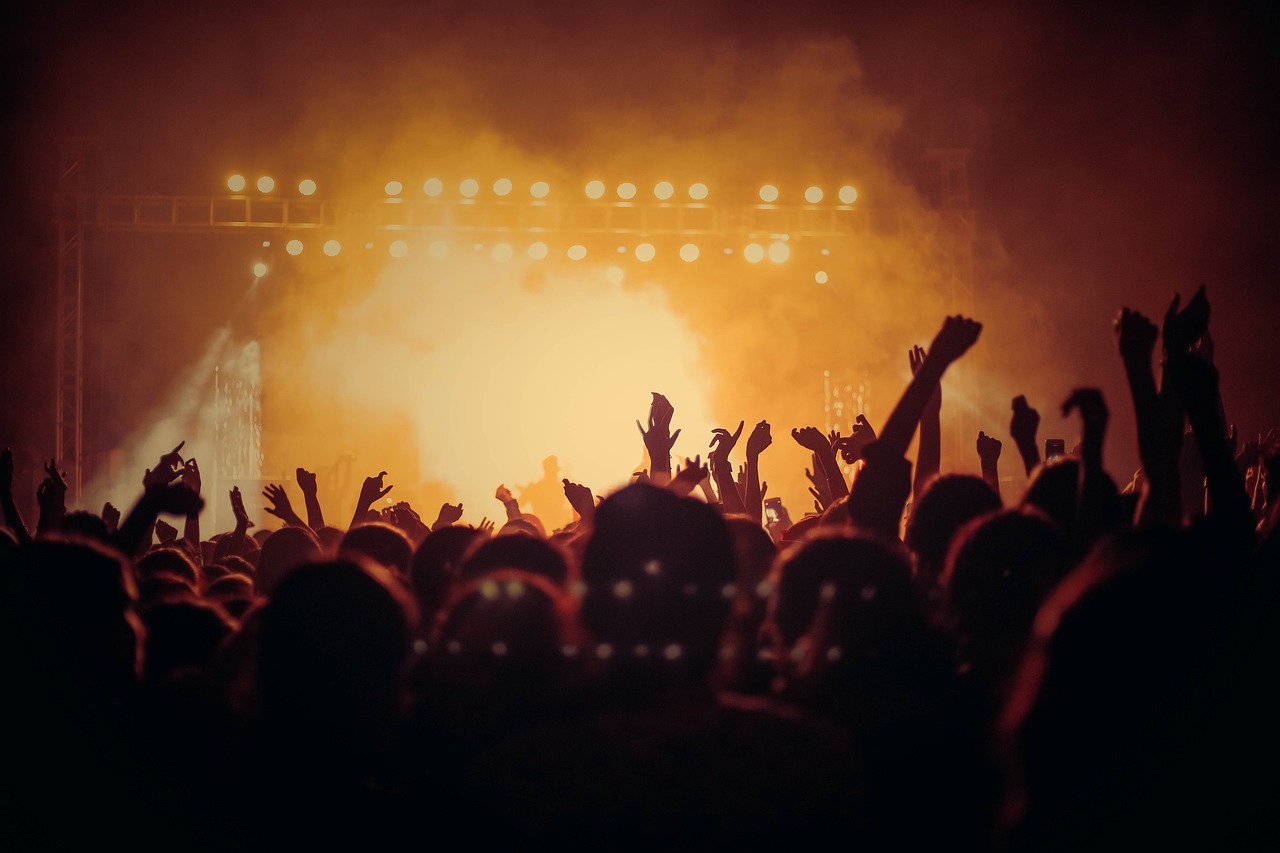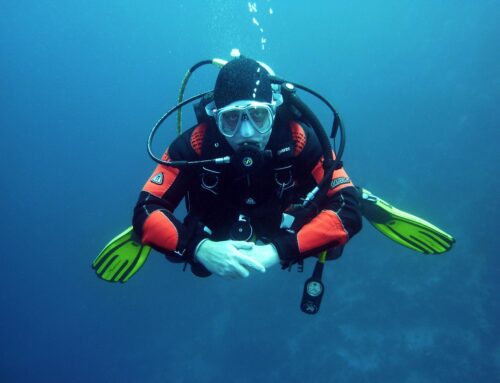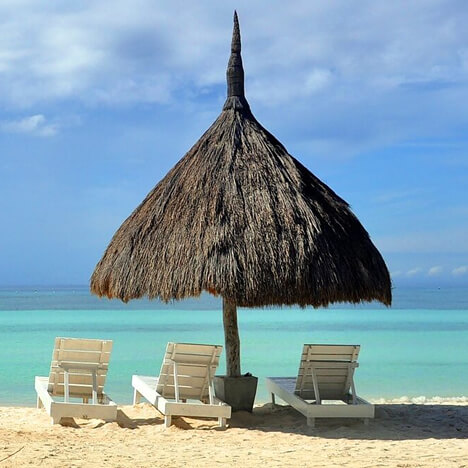
Festivals and Events in the Philippines
The Philippines comes alive year-round with vibrant festivals that celebrate its rich heritage, deep faith, and regional flavors. These events are more than just parties , they’re full-blown cultural showcases where communities unite, travelers are welcomed like family, and every sense is treated to something extraordinary. Let’s dive into what makes these festivals such a unique and unforgettable experience.
Taste the Culture: A Food Lover’s Festival Paradise
Local Dishes Take the Spotlight
Each region in the Philippines brings something delicious to the table. Festivals are the perfect opportunity to discover local favorites in their place of origin. Think crispy Cebu lechon at Sinulog, savory Ilocos empanadas at Panagbenga, or sweet, sticky Maranao treats at the Lanzones Festival in Marawi.
Endless Street Food Adventures
Festival streets turn into open-air kitchens, grilling up Filipino favorites on the spot. Grab a stick of barbecued pork, try deep-fried kwek-kwek, sip refreshing sago’t gulaman, and cap it off with a colorful bowl of halo-halo a sweet treat made of shaved ice, milk, fruits, and jellies.
Farm-Fresh and Proud
Many festivals also celebrate the harvest, putting the spotlight on fresh produce and seafood. It’s a great way to support local farmers and taste ingredients picked at their peak.
More Than a Meal: Culture in Every Detail
Traditional Dances and Dazzling Costumes
Every festival brings its own unique flair, often with choreographed street dances, marching bands, and floats. Expect vibrant outfits made from local fabrics, beads, and indigenous materials , each telling a story passed down through generations.
Faith in Full Display
Religion plays a major role in many celebrations. You’ll see heartfelt processions, dramatic reenactments, and candlelit rituals honoring patron saints. Events like the Feast of the Black Nazarene in Manila or the Ati-Atihan in Aklan reveal just how closely faith and festivity are intertwined.
Celebrating Indigenous Roots
Some festivals shine a spotlight on tribal heritage and indigenous communities. Through traditional music, crafts, and storytelling, visitors get to witness the incredible diversity that exists within the archipelago.
Your Invitation to Join the Celebration
Whether you’re dancing in the streets, watching a parade, or sampling local specialties, attending a Philippine festival is pure joy. It’s a chance to see the Philippines not just as a destination, but as a community rich with history, heart, and hospitality.
Luzon Festivals: A Journey Through the Heart of the North
Vigan, Ilocos Sur Pahiyas Festival (May)
Step into a town transformed by color. Vigan’s Pahiyas Festival is a heartfelt thanksgiving celebration where homes are decorated with kiping ,rice wafers shaped like leaves. It’s a vibrant tribute to good harvests and community pride.
Baguio City Panagbenga Flower Festival (February)
Known as the “Season of Blooming,” Panagbenga bursts into life with flower-covered floats, street dancing, and the cool mountain air of Baguio. The whole city joins in a month-long celebration of flowers, growth, and local creativity.
Laoag City, Ilocos Norte Paoay Sand Sculpture Festival(Early Year)
On the golden sands of Paoay, artists craft massive sand sculptures that reflect culture, history, and imagination. It’s a unique, hands-on celebration unlike any other in the region.
Kalibo, Aklan Ati-Atihan Festival (January)
Though Aklan is in the Visayas, the cultural echoes of Ati-Atihan reach Luzon too. In Kalibo, it’s a wild, rhythmic celebration featuring body paint, feathered headdresses, and drumbeats honoring the Ati people and Santo Niño.
Cavite Taal Lake Festival(April)
Set against the scenic backdrop of Taal Lake, this festival mixes cultural showcases, parades, and environmental awareness. It celebrates the resilience of lakeside communities and their strong connection to nature and heritage.
Visayas Festivals: The Soul of Celebration
Cebu City Sinulog Festival(January, 3rd Sunday)
Cebu erupts into dance and devotion with Sinulog, one of the country’s biggest festivals. With performers in dazzling costumes and a deep reverence for Santo Niño, it’s both spiritual and spectacular.
Iloilo City Dinagyang Festival (January, 4th Sunday)
Dinagyang means “merrymaking,” and Iloilo lives up to the name. Tribes in warrior paint dance through the streets in honor of Santo Niño, backed by booming drums and cheering crowds.
Boracay Island Ati-Atihan Festival (January, 3rd Week)
Boracay blends its beach vibe with cultural pride. The Ati-Atihan here features tribal dancing, festive face paint, and a unique island take on one of the Philippines’ oldest celebrations.
Marawi City Marawi Lanzones Festival (February)
This lesser-known gem in Lanao del Sur celebrates the sweet lanzones fruit and the rich traditions of the Maranao people through colorful dances, food, and music.
Bacolod City MassKara Festival(October)
Smiles and sequins take over Bacolod in this lively celebration of hope. Expect bright masks, street parties, and dance competitions ,all to show that Bacolod is the “City of Smiles.”
Mindanao Festivals: Tradition and Identity in the South
Davao City Kadayawan Festival(August, 3rd Week)
Kadayawan honors the region’s indigenous tribes and abundant harvests. It’s a cultural showcase with street parades, tribal dances, and a grand market overflowing with local produce and crafts.
Zamboanga City Hermosa Festival(September)
Also known as Fiesta Pilar, this flower-filled month honors the city’s patron saint and Spanish heritage. Expect colorful parades, regattas, and the fusion of Latin and Mindanaoan culture.
General Santos City Tuna Festival (January, Last Week)
Gensan celebrates its title as the Tuna Capital with ocean-themed floats, seafood cook-offs, and parades — all showcasing the importance of fishing to the city’s economy and identity.
Lake Sebu Tboli Flower Festival (February)
Dive deep into Tboli culture with this vibrant celebration. Indigenous textiles, brass music, and traditional dances give a glimpse into the colorful life of South Cotabato’s native people.
Jolo, Sulu Tawi-Tawi Regatta(July)
Celebrate Tausug heritage with traditional boat races across turquoise waters. The Regatta is a mix of athletic skill, maritime tradition, and festive island culture, complete with food and performances.
A Festival for Every Season: Your Gateway to Filipino Celebration
What you’ve seen so far is just a taste of the Philippines’ incredible festival culture. With hundreds of vibrant celebrations happening across the islands year-round, there’s always something new to discover no matter when you visit.
Curious About a Specific Festival?
A quick online search using the festival’s name or the hosting city or province will lead you to detailed guides, photos, and videos. You’ll get a real feel for the sights, sounds, and spirit of the event perfect for planning your trip.
Want to Dive Even Deeper?
Check out this full list of festivals in the Philippines on Wikipedia:
https://en.wikipedia.org/wiki/List_of_festivals_in_the_Philippines
It’s a great resource to explore celebrations by month, region, or theme.
From religious processions and street dances to tribal traditions and food fairs, Philippine festivals are a colorful expression of culture, faith, and fun. So start mapping out your journey and prepare to be swept away by the energy, warmth, and unforgettable joy of the Filipino fiesta spirit!

















